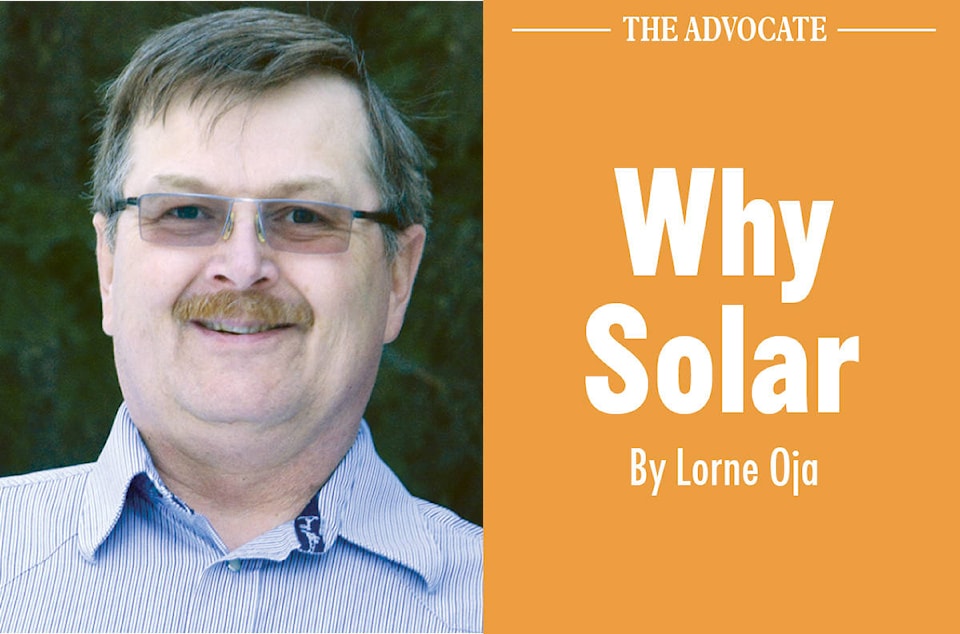In December 2017, Brooks Alberta became home to Canada’s largest solar farm, the first utility scale photovoltaic project in the West. With 50,000 panels it comprises an area of 30-hectares, (74 acres) situated just outside of the town, visible from the trans-Canada highway. The array will be able to power 3000 homes when it is under full production on those sunny days so familiar to the locals.
Innisfail Alberta, has announced a 15 to 20 megawatt solar installation to be completed tentatively by the end of 2019. If all goes to plan the electrical plant will comprise of 28 Hectares (70 acres) and will power 3-4000 homes when in full operation. Just one of a reported 73 projects in the planning stage for the province, public consultations for the Innisfail project are scheduled for this summer, with construction slated for May of 2019.
Alberta also announced approval for three companies to build four additional wind farm projects. These wind farms will add 600 megawatts energy to the grid over and above the provinces current capacity. Edmonton’s Capital Power proposes a 201 MW project; EDP Renewables is at 248 MW, followed by Enel Green Power Canada’s two projects of 115 and 31 MW respectively.
The Alberta government plans on spending 1.4 billion dollars in funding directed on “fostering Innovation in the oil and gas sector and reducing the carbon emitting intensity of the industry.” This funding consists of $225 million for innovations that reduce GHG across industry, $240 million for energy efficiency, $63 million for bioenergy, like biofuel and ethanol, and $400 million for financial institutions and corporations that invest in renewable energy and energy efficiency measures. The majority of these monies will be provided by the provinces carbon tax, the tax contributed to by the citizenry.
In contrast, the state of South Australia has announced a plan whereby 50,000 homes will be grid connected to form the world’s largest virtual power plant. This innovation joins the countries other green energy achievements notably the world’s largest battery, -developed by Tesla it came on line in December of 2017-, and the world largest single tower solar thermal power plant, a 150 megawatt project which is scheduled to start construction in 2018.
The virtual power plants appeal lies in the application; consisting of a 5 kW array and a 13.5 kWh Tesla power-wall battery being installed in these 50,000 homes, notable due to the “zero” cost to participating households. The funding would be derived with the sale of electricity, a $2 million (Aus.) government grant, and a $30 million loan from their Renewable Technology Fund.
Australia has repealed its carbon laws which priced greenhouse-gas emissions in 2014, this after it was found the tax increased living costs; energy bills, and did little for the environment. The country has since refocused its fight against GHG emissions by encouraging economic growth to provide the funding for innovative renewable energy installations.
The population cannot fund innovation if they can’t fund expenses initiated by geography, climate, and government.
Contact Lorne Oja at lorne@solartechnical.ca
